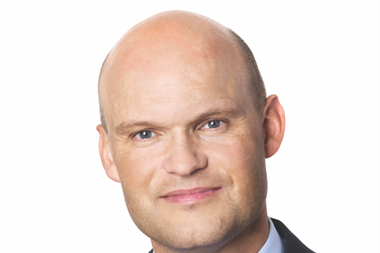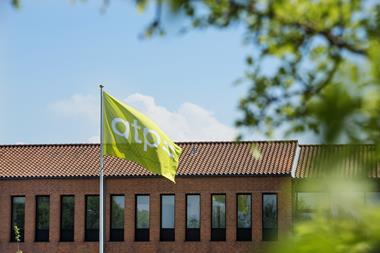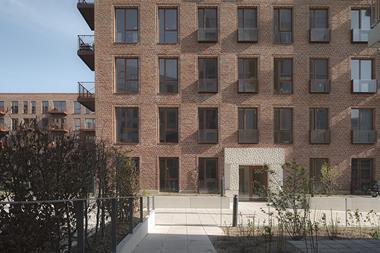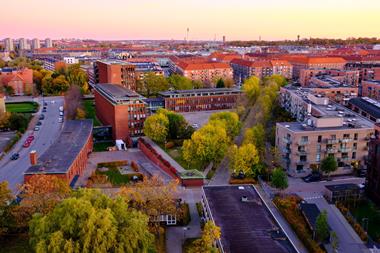Proposed changes at ATP could see Denmark’s largest pension fund allocate a greater proportion of assets to alternative investments such as real estate, infrastructure and private equity.
This week, the DKK936bn (€126bn) institution outlined a plan to shore up the viability of the guaranteed ATP Lifelong Pension scheme, a mandatory supplementary labour-market pension that covers nearly all Danes.
The sweeping changes – which are now out for consultation and expected to be approved by parliament later this year – would take years to implement but would potentially see 20% of pension contributions redirected from its hedging portfolio to higher-risk assets.
ATP, which is already a heavy investor in illiquid assets, said it was faced with a combination of negative interest rates and increasing life expectancy, while its contribution rate – the flow of capital into the pension fund – had not risen since 2016, all challenging its “long-term relevance”.
Under the proposed change in the ATP law, a quarter of the contributions that currently go into the hedging portfolio – made up of government bonds and swaps – will be labelled “market contributions” and directed into a yet-to-be-created portfolio containing higher-return assets including real estate and infrastructure.
This third portfolio would be designed to produce higher long-term returns, allowing ATP’s pensions to at least keep pace with inflation.
As things stand, 80% of each ATP contribution goes towards a guaranteed pension and is invested the hedging portfolio, while the remaining 20% is invested in a leveraged multi-asset return-seeking portfolio.
Asked by 91��ý���� whether the “market contribution” money – which would amount to 20% of overall new contributions – would be managed separately, ATP CEO Bo Foged said: “According to our current working hypothesis, yes it will be a separate portfolio.”
Foged was not able to provide a precise asset allocation for the third portfolio, but he said: “We imagine that infrastructure, property and other assets will be there – but you should picture a well-diversified portfolio.”
He added: “Our working hypothesis right now is that there will be more illiquid assets than there are in the existing portfolio.”
At the end of 2019, ATP had DKK128.3bn invested in real estate, infrastructure and private equity through its investment portfolio, according to the most recent annual report – although this figure includes leverage borrowed from the hedging portfolio.
The new market contributions would bring around DKK2bn of capital into the new portfolio every year, once the new model is in place. But as a result of a change to the calculation of its current liabilities, ATP will be free to kickstart the portfolio with an injection equating to DKK115bn of equities risk.
This is because the reform of the ATP law will allow it to add an illiquidity spread on top of the risk-free curve it sets to calculate its future pension liability – special treatment which is being justified in the proposal on the grounds that its pensions are very long-term and non-transferable. This will free up a DKK50bn capital buffer, which will then act as a risk buffer for the new portfolio, according to ATP.
An increase in illiquid assets is a fundamental part of ATP’s plan to design a “more intelligent guarantee”, Foged said.
“We looked for the qualities of ATP that don’t characterise other pension schemes, and it is that you can’t transfer your ATP lifelong guarantee, so that means we can be a genuine long-term investor, and use that to our advantage,” he said.
ATP’s chief risk officer Kim Johansen told 91��ý���� that ATP would work on the exact asset allocation of the new portfolio this year, but that it would contain a mixture of liquid and illiquid assets.
Any new investment would have to wait for the legal change to take effect, he said, adding that the pension fund could be ready from 2022 onwards. But he stressed ATP would not be in any hurry to pile on new assets.
“Don’t expect us to rush out on 1 January 2022 and buy – that will not happen,” he said. “The normal prudent-person principle applying today will also apply next year in that we will only invest in assets we can understand and measure, and also where there’s a good business case.”
To read the digital edition of the latest 91��ý���� magazine click here.













